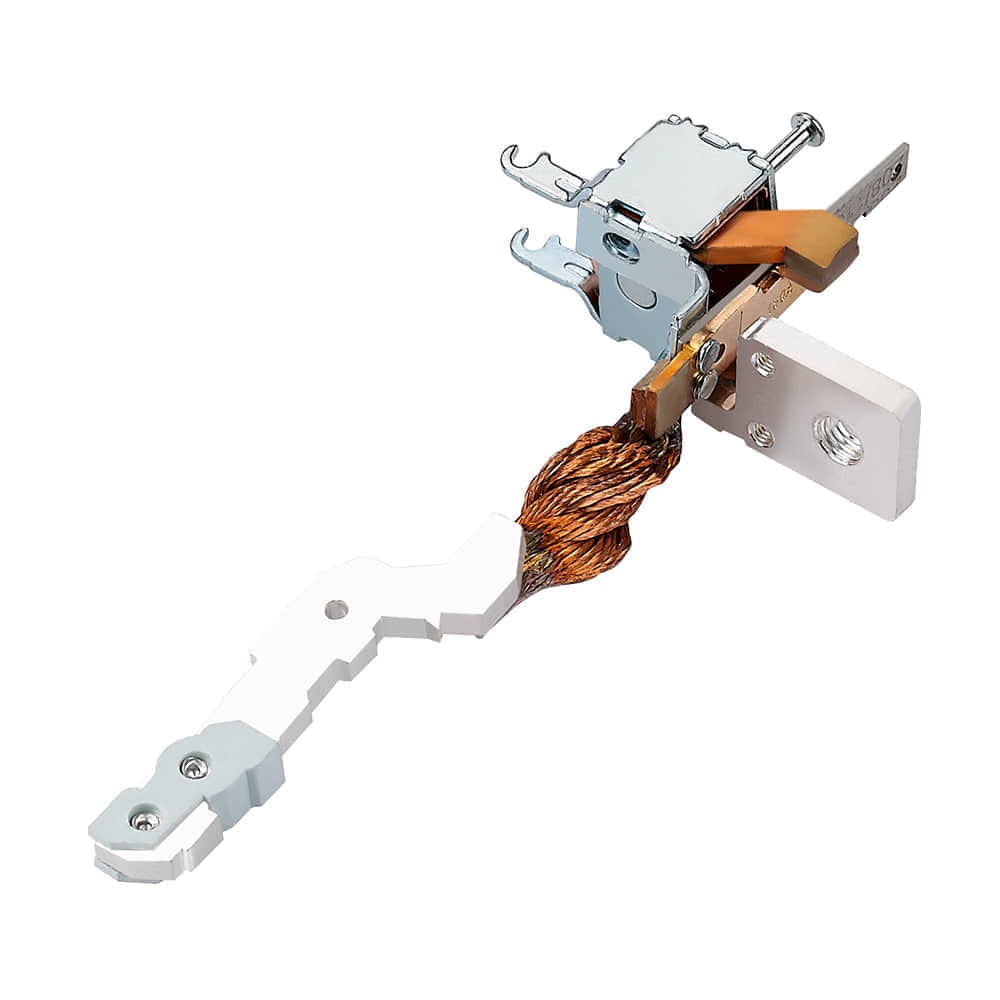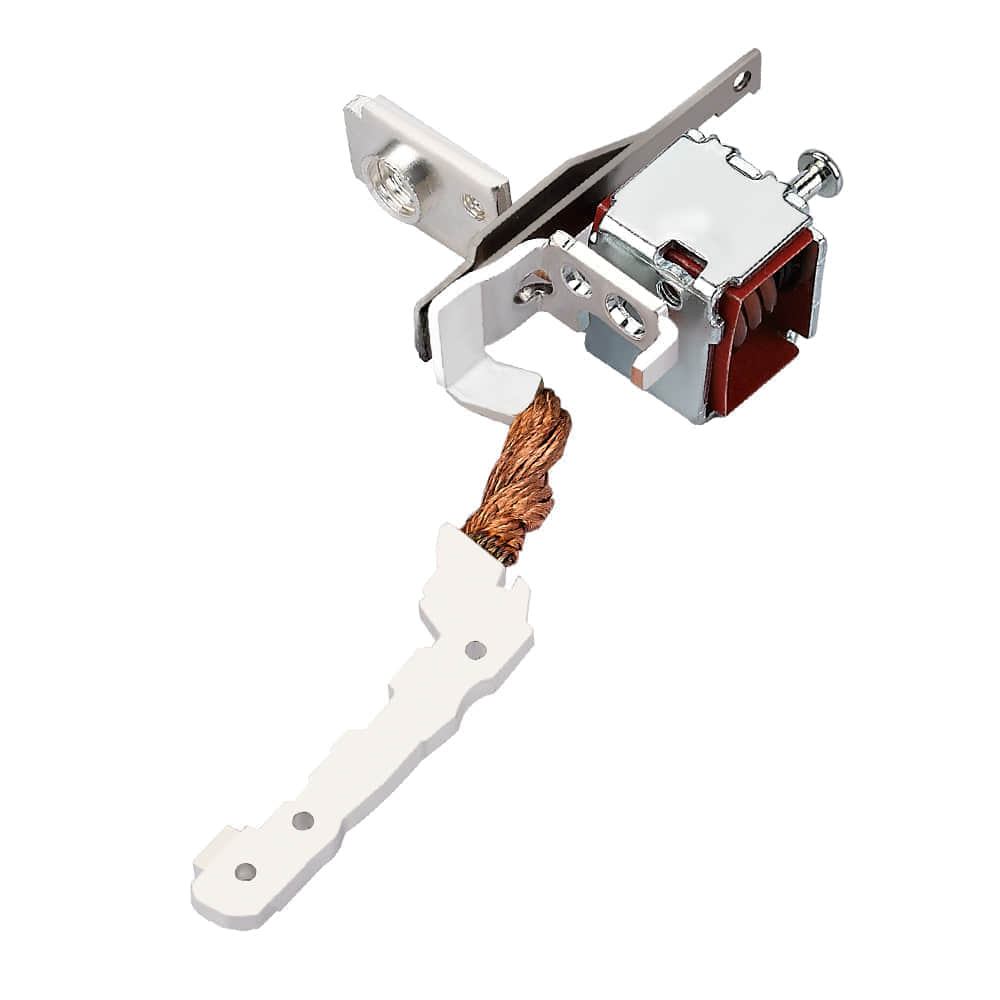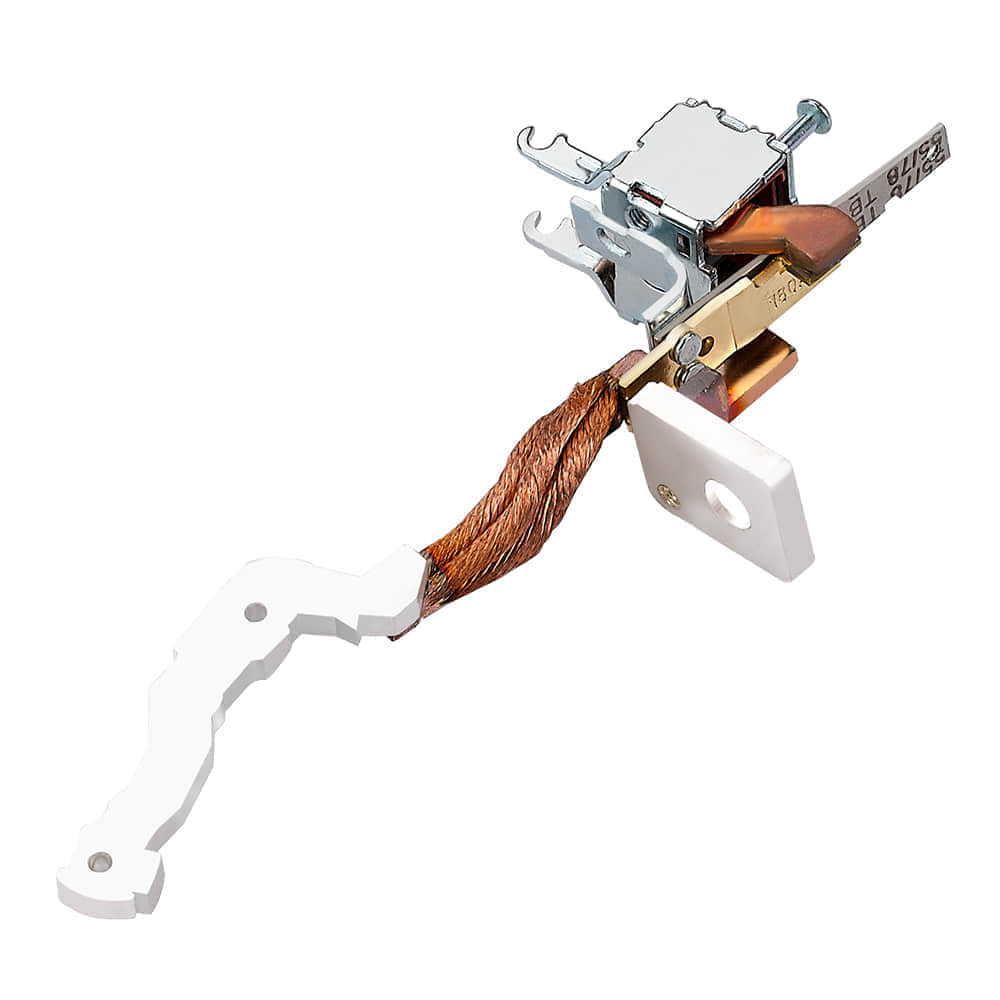Metal stamping parts have long been an essential component in various industries, serving as the backbone of manufacturing processes. From automotive to electronics and beyond, metal stamping parts play a crucial role in shaping the products we rely on every day. In this article, we will delve into the world of metal stamping parts, exploring their importance, the processes involved, and their wide-ranging applications.

Understanding Metal Stamping

Metal stamping is a manufacturing process that involves shaping flat metal sheets or coils into specific shapes and sizes through a series of operations. These operations include cutting, bending, drawing, and forming, all of which are achieved by using dies and presses. The metal used in stamping can vary widely, including steel, aluminum, copper, and more, depending on the desired properties of the final product. The Importance of Metal Stamping Parts Metal stamping parts are integral to many industries for several reasons: Cost-Effective Production: Metal stamping allows for the efficient production of high volumes of parts with minimal waste, making it a cost-effective manufacturing method. Precision and Consistency: Stamping processes provide exceptional precision and consistency, ensuring that each part meets exact specifications, which is crucial in industries like aerospace and electronics. Complex Geometry: Stamping can produce parts with intricate shapes and features, making it suitable for applications where precision is paramount. High Strength: Stamped parts often possess superior strength and durability, making them suitable for demanding environments such as automotive and construction. The Metal Stamping Process The metal stamping process involves several key steps: Blanking: In this initial stage, a flat metal sheet or coil is cut into smaller, blanked pieces, which will serve as the starting material for the stamped parts. Punching: A punch and die set is used to cut the desired shape from the blanked metal. This step can create holes, slots, or other features. Bending: To achieve the required angles or shapes, the metal is bent using specialized tools and dies. Drawing: Drawing is the process of stretching the metal to form deep, cylindrical shapes, like cups or casings, by forcing it into a die cavity. Forming: In this stage, the metal is manipulated to create three-dimensional shapes or features, such as embossing or flanging. Assembly: Stamped parts are often assembled with other components to create finished products or subassemblies. Applications of Metal Stamping Parts Metal stamping parts find application in numerous industries, including: Automotive: Stamped parts are vital in automotive manufacturing, used in everything from chassis components to body panels. Electronics: The precision and consistency of stamped parts are crucial in the electronics industry, where they are used in connectors, switches, and circuit components. Aerospace: Stamped parts are used in aircraft structures, ensuring the safety and reliability of aviation. Appliances: Household appliances rely on stamped parts for structural integrity and functionality. Construction: In construction, metal stamping parts are used in various structural components, fasteners, and fixtures. Medical Devices: The medical industry employs stamped parts in equipment, implants, and devices. Conclusion In conclusion, metal stamping parts are the unsung heroes of modern manufacturing. Their versatility, precision, and cost-effectiveness make them indispensable in a wide range of industries. As technology advances and demands for more complex and efficient components grow, the importance of metal stamping parts will continue to rise, driving innovation and shaping the future of manufacturing.
